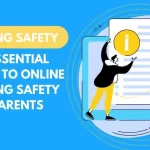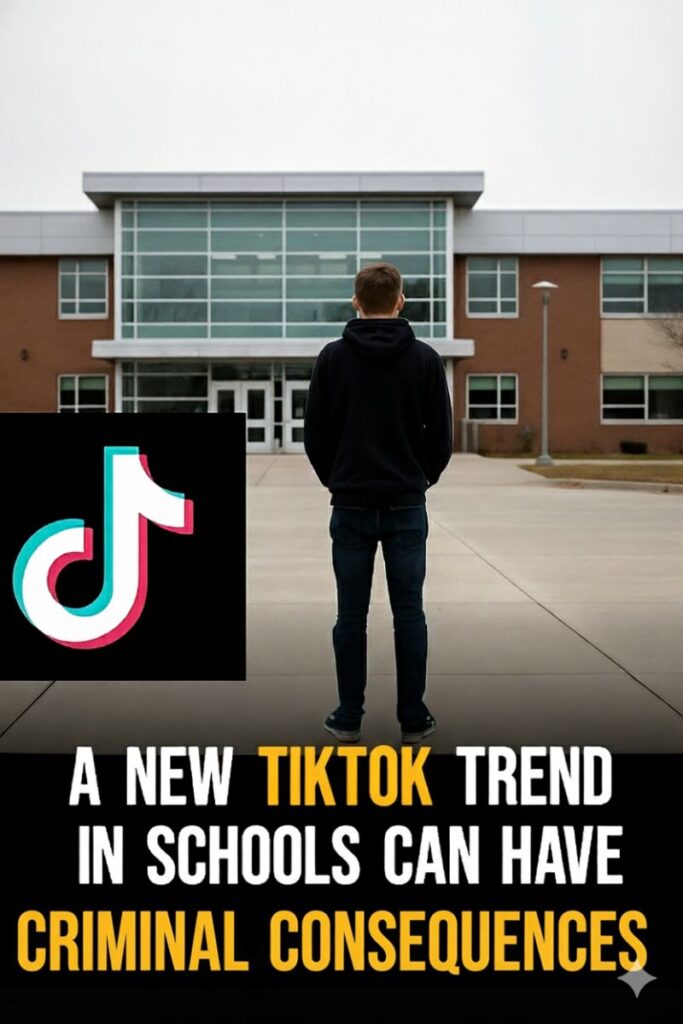The digital world is evolving rapidly and our children are navigating spaces that didn’t even exist when we were growing up. Each week brings new developments, risks, and opportunities in the online space. In this post, we’ll break down four major news stories and what they mean for parents, with practical advice to help you respond.
1. Roblox Introduces Real-World Shopping
What’s happening?
Roblox, one of the most popular gaming platforms for children, has introduced a new feature allowing users to purchase real-world products directly within the game. From branded sneakers to cosmetics, kids can now shop while they play often without realising they’re engaging with advertising.
Why it matters:
This shift blurs the line between gaming and consumerism. Children may not fully understand that what feels like a game is actually a marketplace designed to encourage spending and brand loyalty.
What parents can do:
- Enable parental controls and spending limits in your child’s Roblox account.
- Talk to your child about how advertising works in games. Ask questions like, “Do you think this brand is trying to sell you something?”
- Encourage discussions about needs versus wants and help them become more media-aware.
2. Instagram Teen Accounts Still Showing Harmful Content
What’s happening?
Instagram claims its “teen accounts” have built-in protections to filter out harmful or sensitive content. However, a recent investigation by The Washington Post found that these filters often fail. Teen accounts were still being exposed to sexualised content, unrealistic body images, and posts about self-harm — sometimes within days of signing up, even with all safety settings enabled.
Why it matters:
Many parents believe teen accounts are safer by default, but the reality is that harmful content still reaches young users. These kinds of posts can shape how teens view themselves, others, and the world around them — sometimes with lasting consequences.
What parents can do:
- Delay social media access as long as possible, especially for younger teens.
- If your child is on Instagram, regularly review their feed with them.
- Talk openly about what they’re seeing and how it makes them feel.
- Encourage them to question what they’re shown and to come to you if something feels wrong.
3. Just 20 Photos Can Be Used to Create a Deepfake of Your Child
What’s happening?
Cybersecurity experts have warned that just 20 publicly available images of a child are enough to create a realistic AI deepfake video. These videos — which make it appear as though someone is saying or doing something they never did — can be used in scams, impersonation attempts, or even grooming. Images may be sourced from school websites, social media posts, or group chats.
Why it matters:
Deepfake technology is becoming increasingly sophisticated and accessible. Once your child’s image is online, it can be copied, manipulated, and used in disturbing ways — all without your knowledge or consent.
What parents can do:
- Stop posting pictures of your children on social media, even if your profile is private.
- Avoid sharing any images that show school uniforms, names, or identifiable locations.
- Speak to your children about the importance of not sharing selfies or videos in public or semi-public spaces.
- Explain what deepfakes are in simple terms: “A video that’s made by a computer to make someone look like they’re saying or doing something they didn’t actually do.”
4. UAE Offers Free ChatGPT Premium — What That Means for Kids
What’s happening?
The UAE recently announced free access to ChatGPT Premium for all residents. This means that children and families will now have easier access to advanced AI tools, capable of answering questions, helping with schoolwork, and offering conversational responses that feel human.
Why it matters:
While tools like ChatGPT can be helpful for learning, there is a real concern about children developing dependency on AI — especially if they start using it for emotional advice, personal questions, or decision-making. AI tools can sound convincing, but they are not always accurate, and they don’t understand human emotions.
What parents can do:
- Set boundaries around AI use. Use tools like ChatGPT together with your child and explain its limits.
- Make sure they understand that AI is not a substitute for conversations with parents, teachers, or trusted adults.
- Encourage your child to think critically: “Why do you think the AI gave that answer?” or “Would you ask a real person the same question?”
- Keep human relationships at the centre of your child’s support system. No AI can replace empathy, connection, or real guidance.
Final Thoughts: Keep the Conversations Going
From in-game shopping to deepfake dangers, these developments show just how much the online world is changing — and how important it is for parents to stay informed. But you don’t need to be a tech expert to support your child. You just need to stay curious, stay present, and keep talking.
The more we understand, the better we can guide our children through the digital world with confidence and care.









